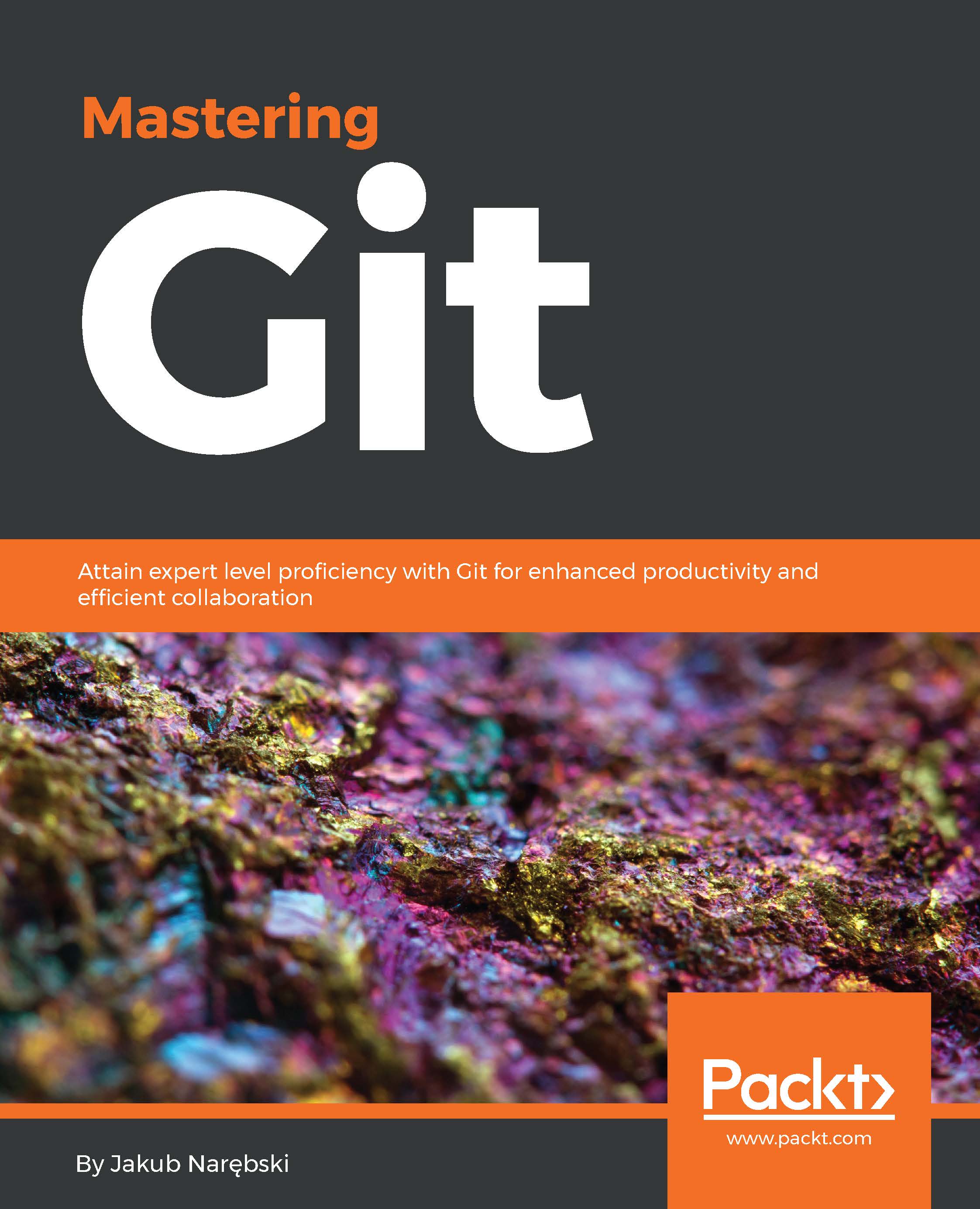-
Book Overview & Buying

-
Table Of Contents

Mastering Git
By :

Mastering Git
By:
Overview of this book
 Free Chapter
Free Chapter
 Sign In
Start Free Trial
Sign In
Start Free Trial

 Free Chapter
Free Chapter
So far, while describing how Git works and how to use it, we have introduced a number of ways to change its behavior. Here, it will be explained in the systematic fashion how to configure Git operations on a temporary and permanent basis. We will also see how you can make Git behave in a customized fashion by introducing and reintroducing several important configuration settings. With these tools, it's easy to get Git to work the way you want it to.
Git processes the switches that change its behavior in a hierarchical fashion, from the least specific to the most specific one, with the most specific one (and shortest term) moved earlier taking precedence.
The most specific one, overriding all the others, is the command-line options. They affect, obviously, only the current Git command.
One issue to note is that some command-line options, for example--no-pager or --no-replace-objects go to the git wrapper, not to the Git command...

Change the font size
Change margin width
Change background colour